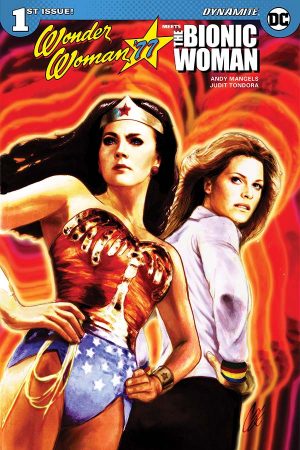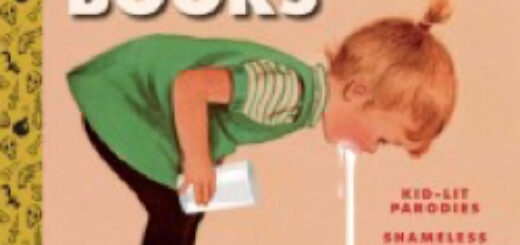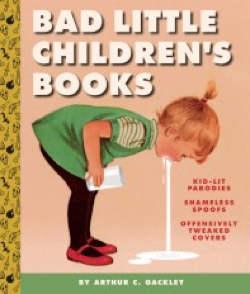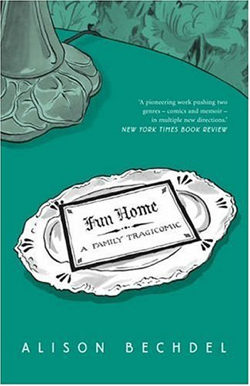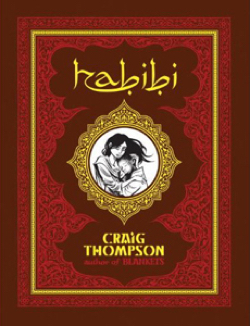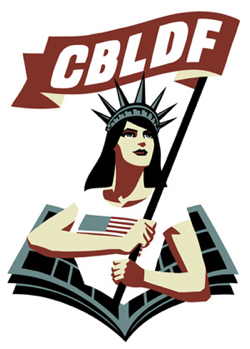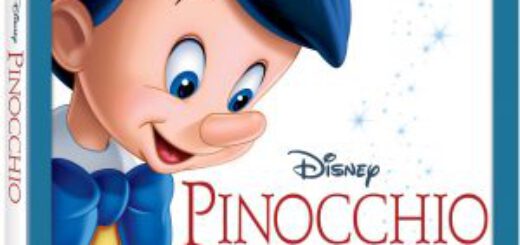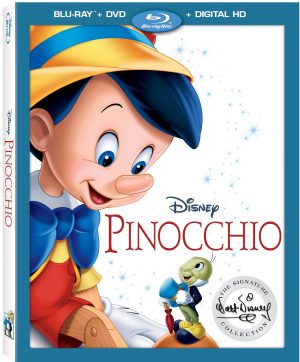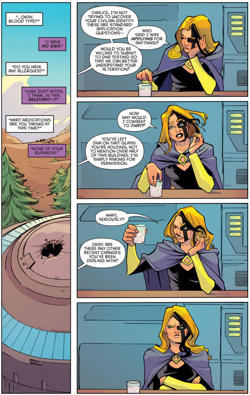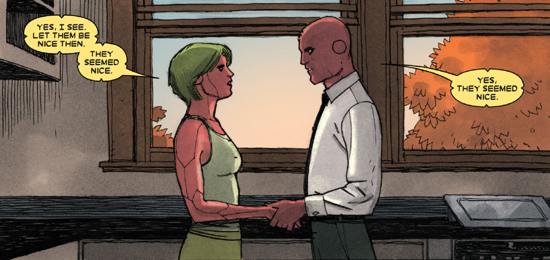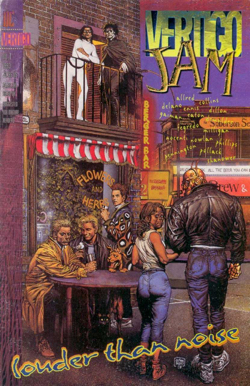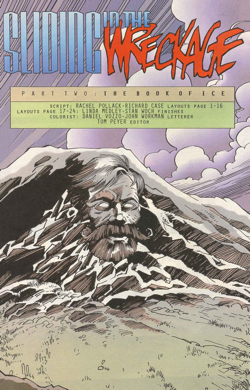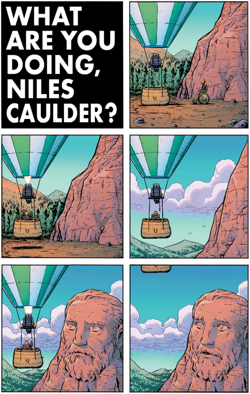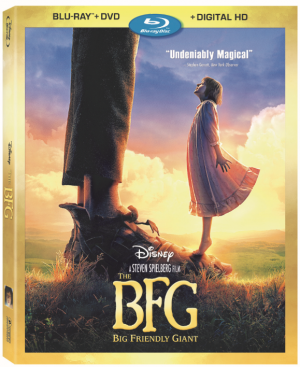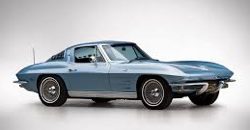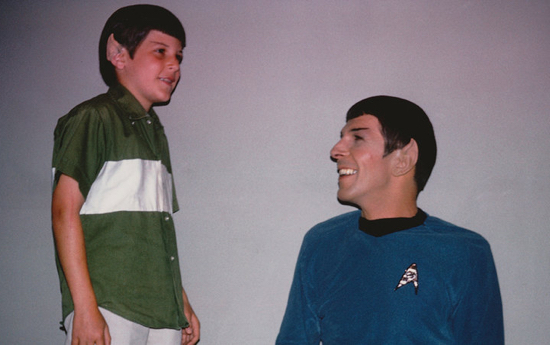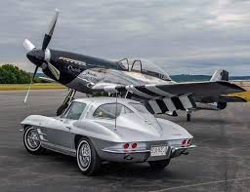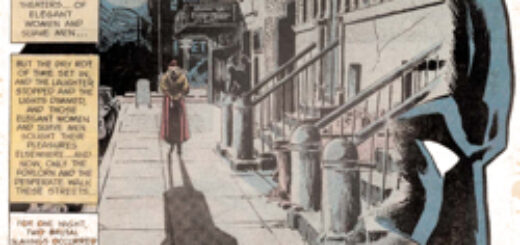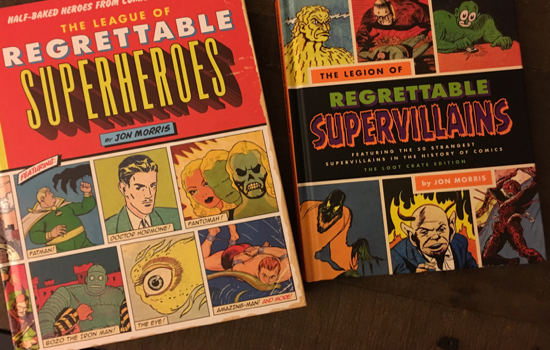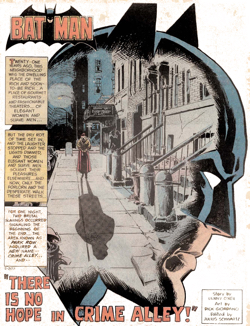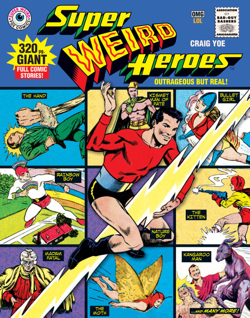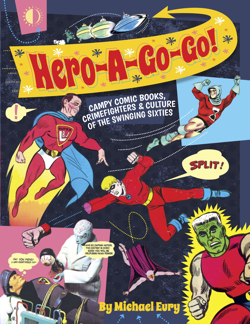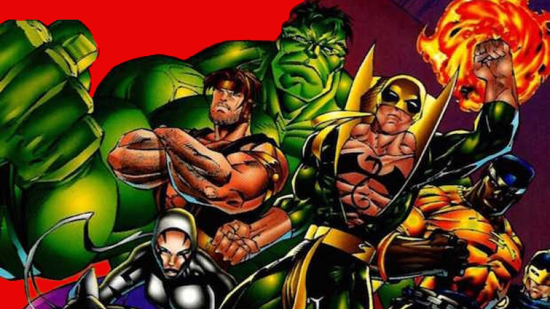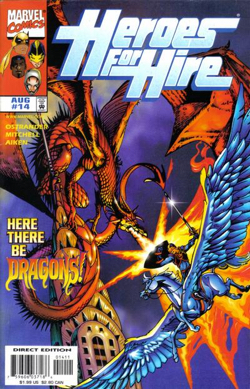Box Office Democracy: Moana
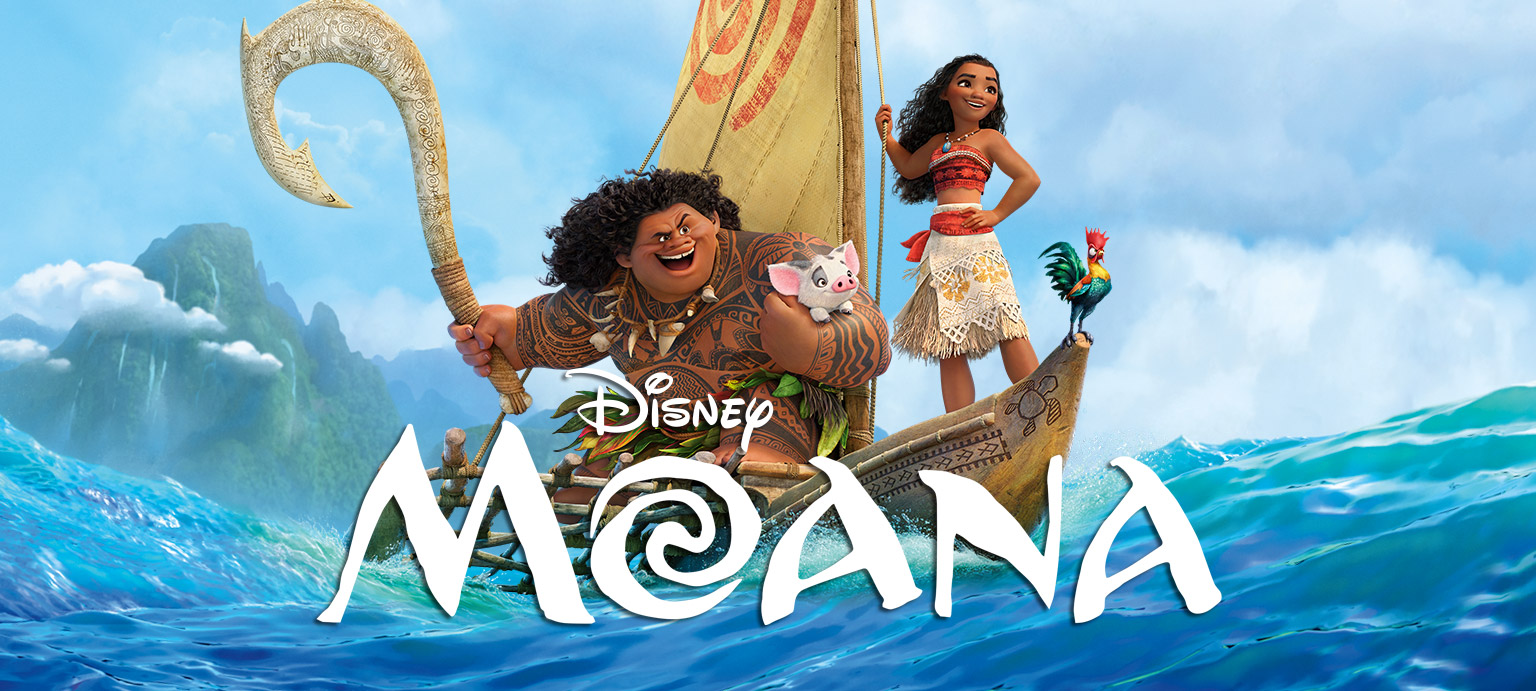
It’s getting a little boring to talk about how consistently excellent Disney Animation’s features output has gotten. Moana is the eighth movie Disney Animation has released since 2008 that I would recommend to anyone without any qualification. It’s a great movie, a fun movie, and I enjoyed every minute of watching it. It’s a safe movie, there aren’t a lot of chances taken beyond having a non-white cast, and while I’d certainly enjoy seeing Disney take some big chances on these movies, the princesses are the cash cows and I get why they can’t branch out too far.
I found the story in Moana to be perfectly charming. The titular character (voiced by Auli’i Cravalho, a young girl with a stunning signing voice) is the daughter of the chief of a Polynesian tribe who wants to abandon the static nature of island life and push out beyond the reef, something forbidden by cultural tradition. Like most movies about an adolescent stuck in one place, Moana ends up off the island— in this case searching for the cure to the decay that plagues her island. She meets the demigod Maui (Dwayne Johnson who is doing his best with the singing but I wouldn’t hold your breath for his solo album) an arrogant, prickly, kind of guy obsessed with his own glory and reputation. The two struggle to get along, eventually get along and save they day. There’s also a surprisingly good subplot about restoring the sailing traditions of the ancestors to Moana’s people who had become island-bound out of fear.
I’m always thankful when Disney puts out a princess movie and the primary thrust isn’t a love story. Not because I don’t think there’s a place for love stories, but because young girls get a lot of media about how boys should be the center of their universes and it’s nice to see something else. Moana turns it all the way up, there isn’t even a male character in her age bracket, and she never seems to have any interest in anything but leading her people and participating in the plot. I’m beyond thrilled they didn’t insert any trace of romance in to the relationship between Moana and Maui as there’s absolutely no way that wouldn’t have been the creepiest thing in a movie in some time. I’m sure the internet is already filled with art and fiction on the topic, but I’m thankful Disney didn’t do anything to lead those people on.
Disney has made some fine animated musicals in their time and Moana is no exception. “How Far I’ll Go” and “You’re Welcome” are songs you’ll definitely find yourself humming the week after the movie. “Shiny” is an almost Bowie-esque number that might not burn up the charts on Radio Disney (if Radio Disney is still a thing) but it will absolutely be a favorite of the Hot Topic set in your local mall— if not now, then in five years. The songs are written by Lin-Manuel Miranda in a deal I have to believe he signed before Hamilton became the cultural force that it is. Not because the work feels phoned-in or amateurish, but it doesn’t feel like the follow-up anyone would pick after penning the most popular Broadway show in recent memory. This is the benefit of Disney’s famous frugalness when it comes to talent, sometimes you pick someone just before they become the biggest name in their field.
Moana is a great movie, but in the context of the eight year Disney Revival we’re in the midst of it can’t help but feel a little boring. It’s not as thought-provoking as Zootopia was earlier in the year, neither will it be the cultural phenomenon that Frozen was. It’s definitely unfair to mark a movie down for not being a cultural phenomenon, but isn’t it fair to ask a studio that has made eight smash hits in eight years to be a little more interesting? Isn’t it worth the risk of stumbling and releasing a clunky movie to potentially make something fantastic? As a film critic I want the answer to be yes but I see that the people in charge of these things would rather make the safe good movie and make all the money.



